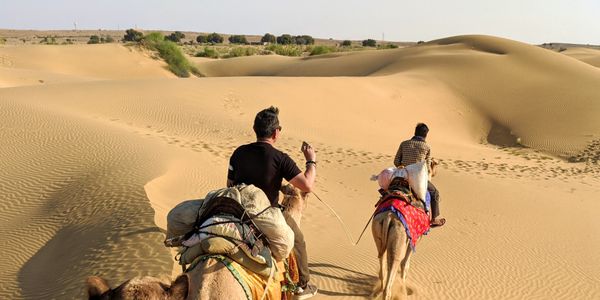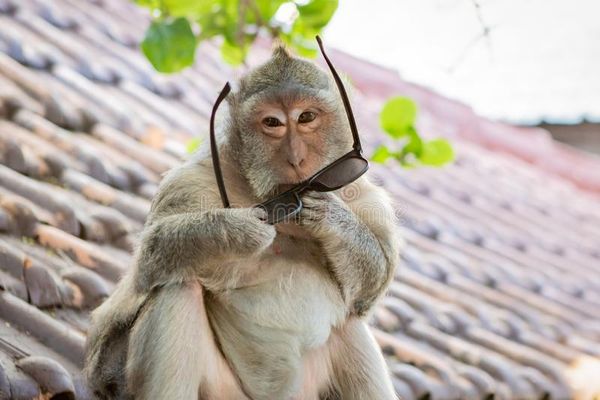Kolkata [India 2020]
A post-apocalyptic-looking city in a constant state of decay, ready to fall apart at any moment. A labyrinth of market stalls: selling street food, flowers, and everything under the sun, it's the ideal city to explore on foot. I walked 19 km on the first day, 23 on the second, through the maze of narrow alleyways. I loved every second of it.
Every turn is filled with aromas of fried street food, masala chai, flowers, incense, and of course, sewers running on the street. Chai (tea that I drank like 10 a day) is 5 Rs (13 LKR) each, served in a clay pot. Lassi is 30 Rs (75 LKR); this must be what they eat in heaven.
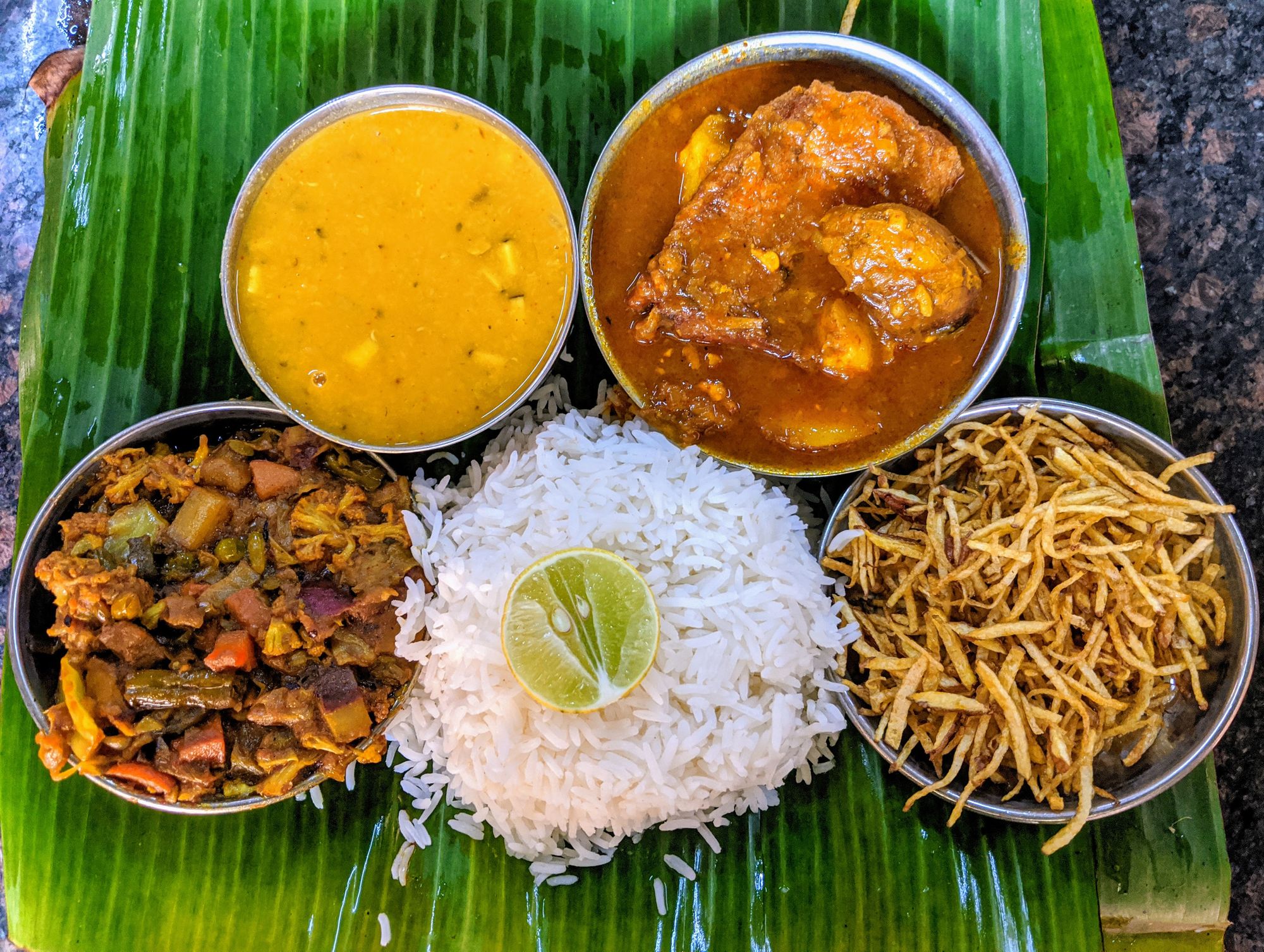
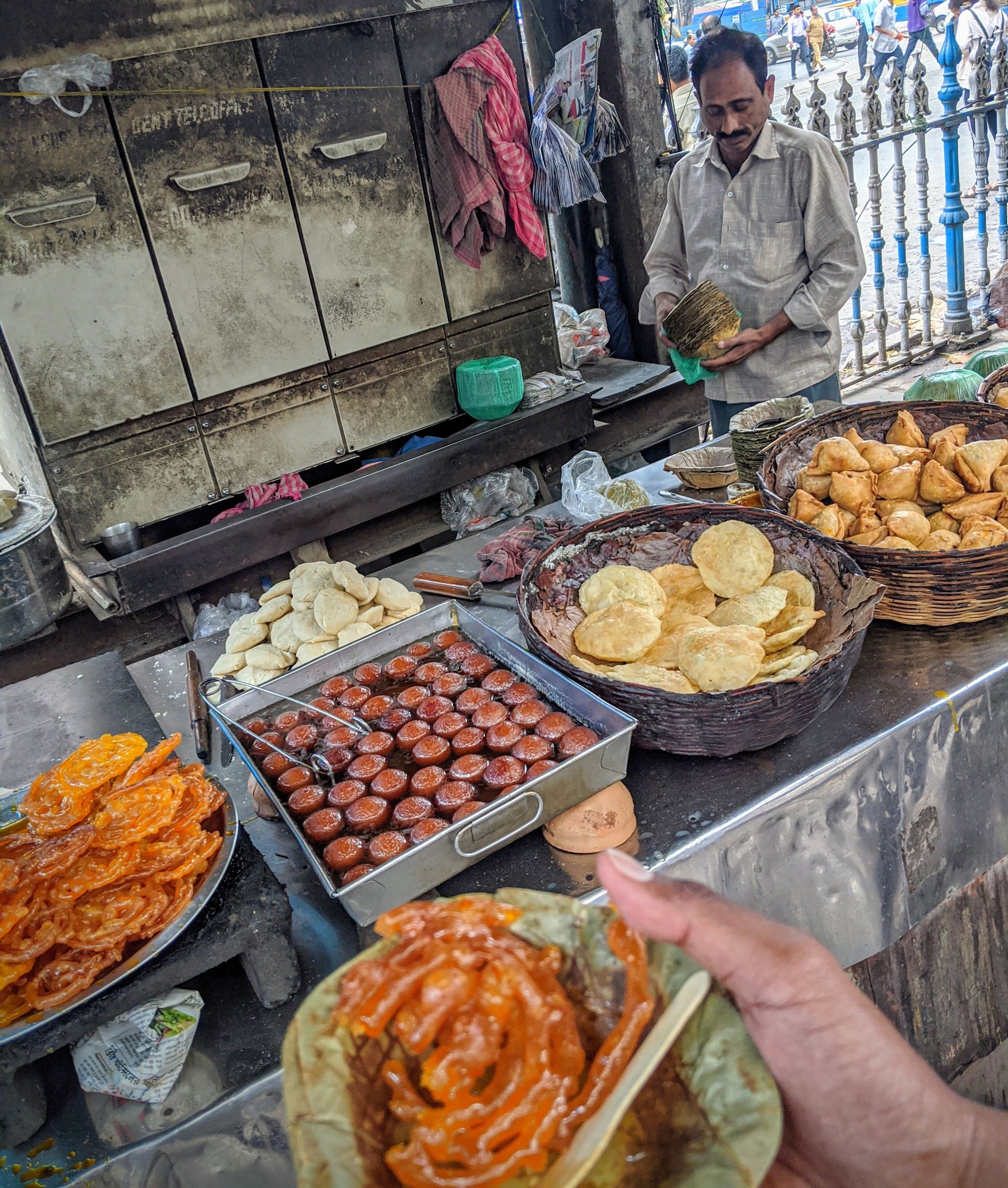
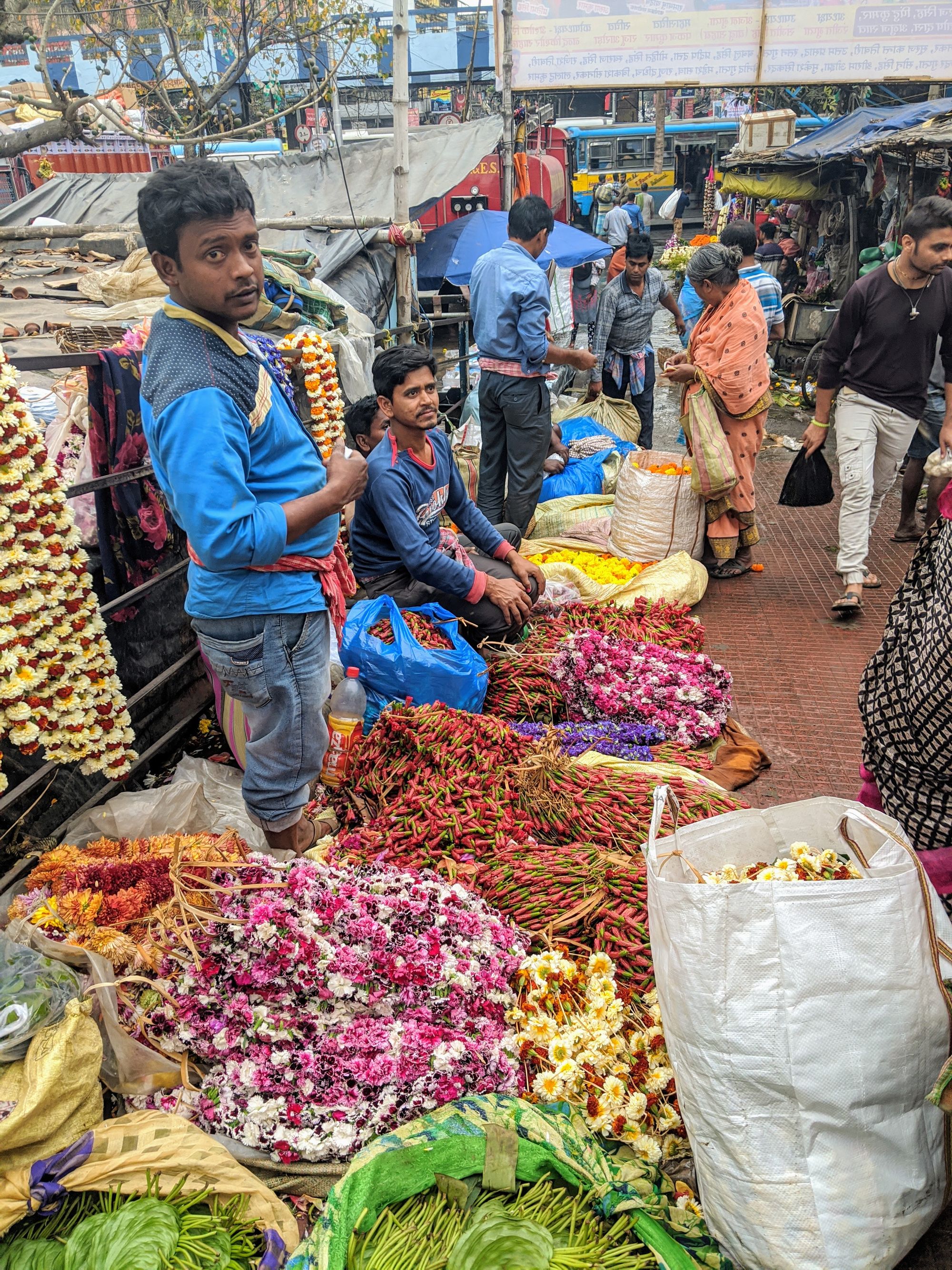





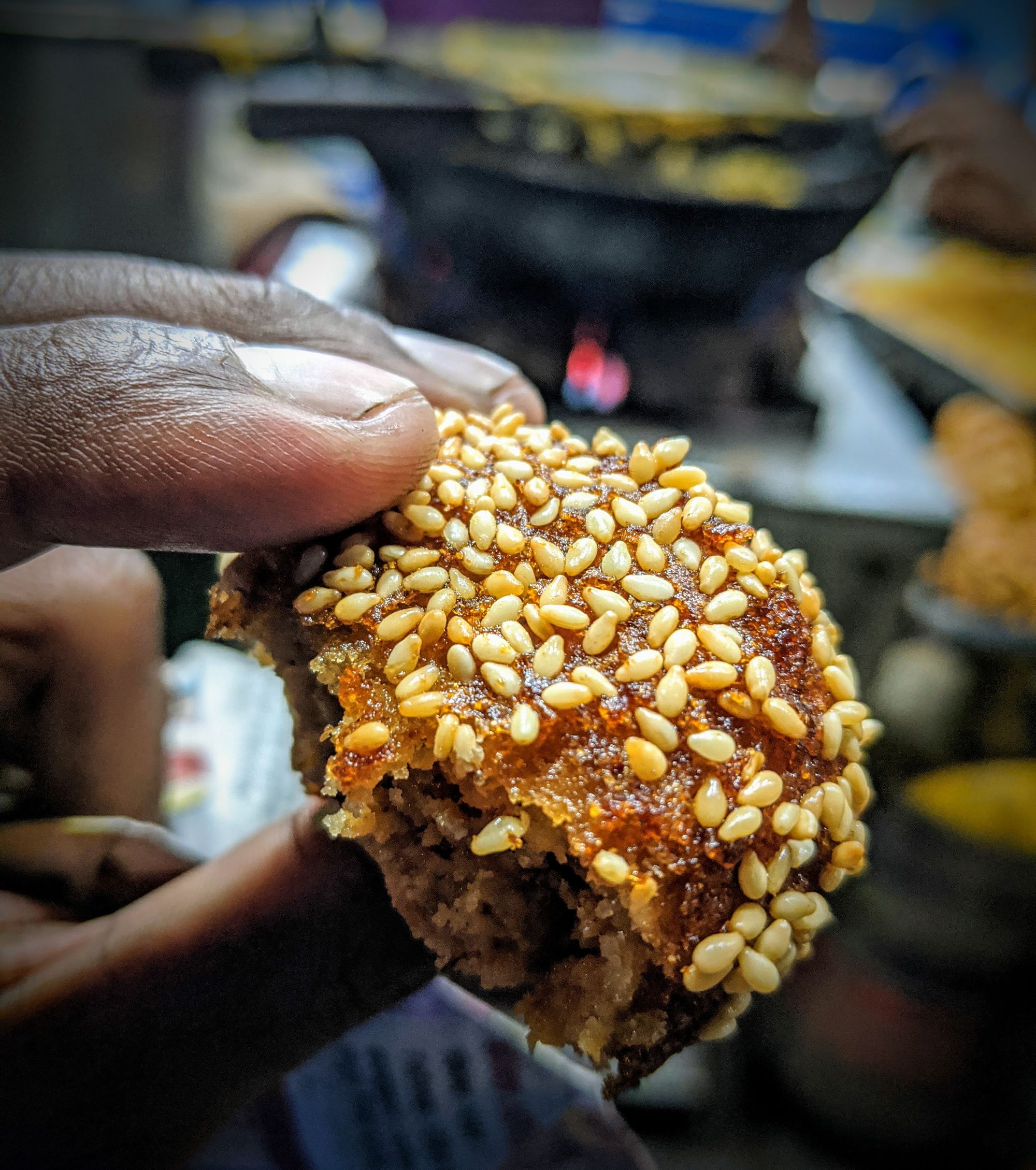
The street dogs are chunky, modern girls smoke in public, heavy traffic stops for no one, policewomen tie and untie a rope along the pavement to stop and allow pedestrians to cross. The Subway metro is crowded, but a godsend. It's cheap, fast, easy, and available every few minutes.
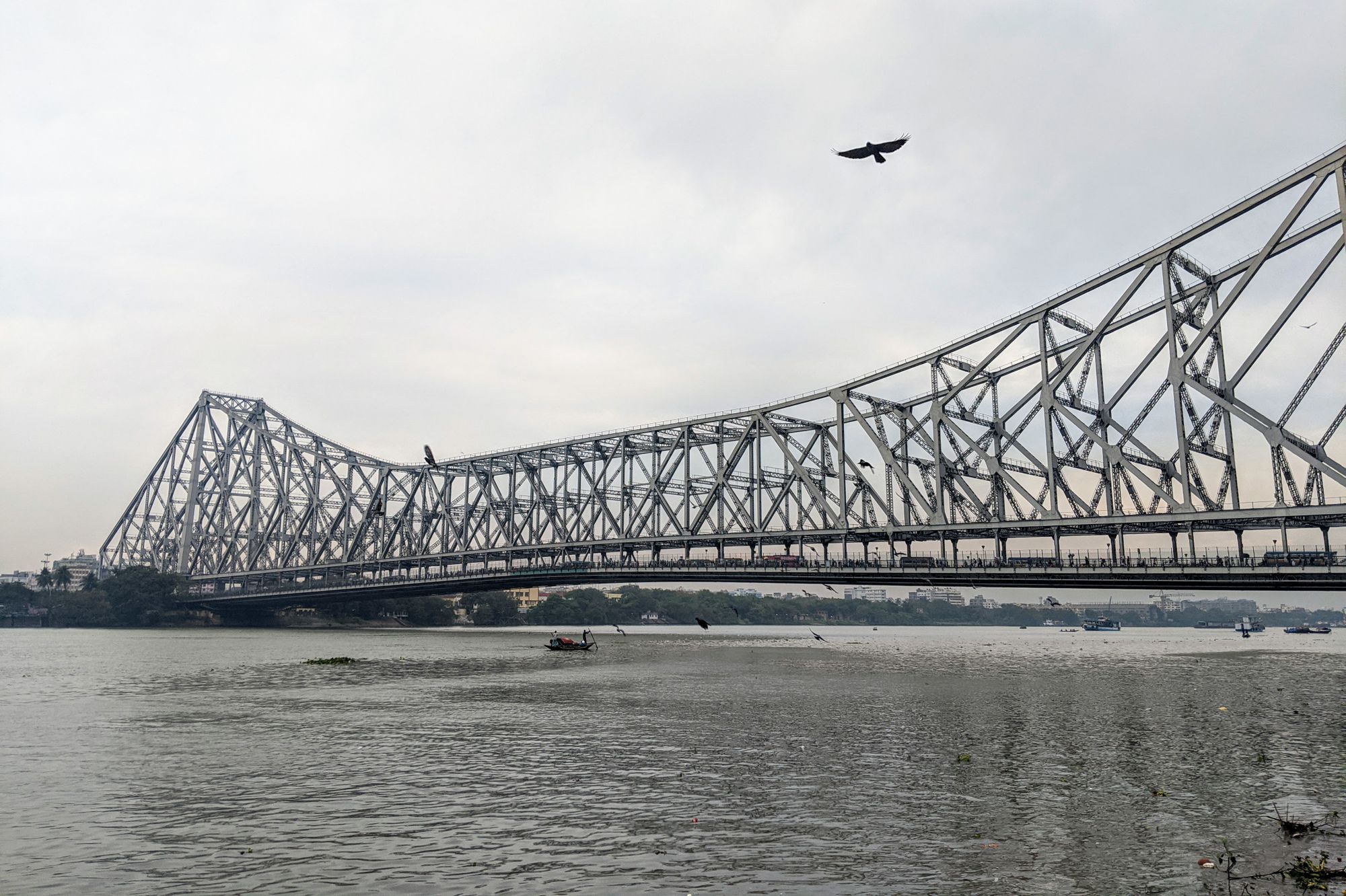
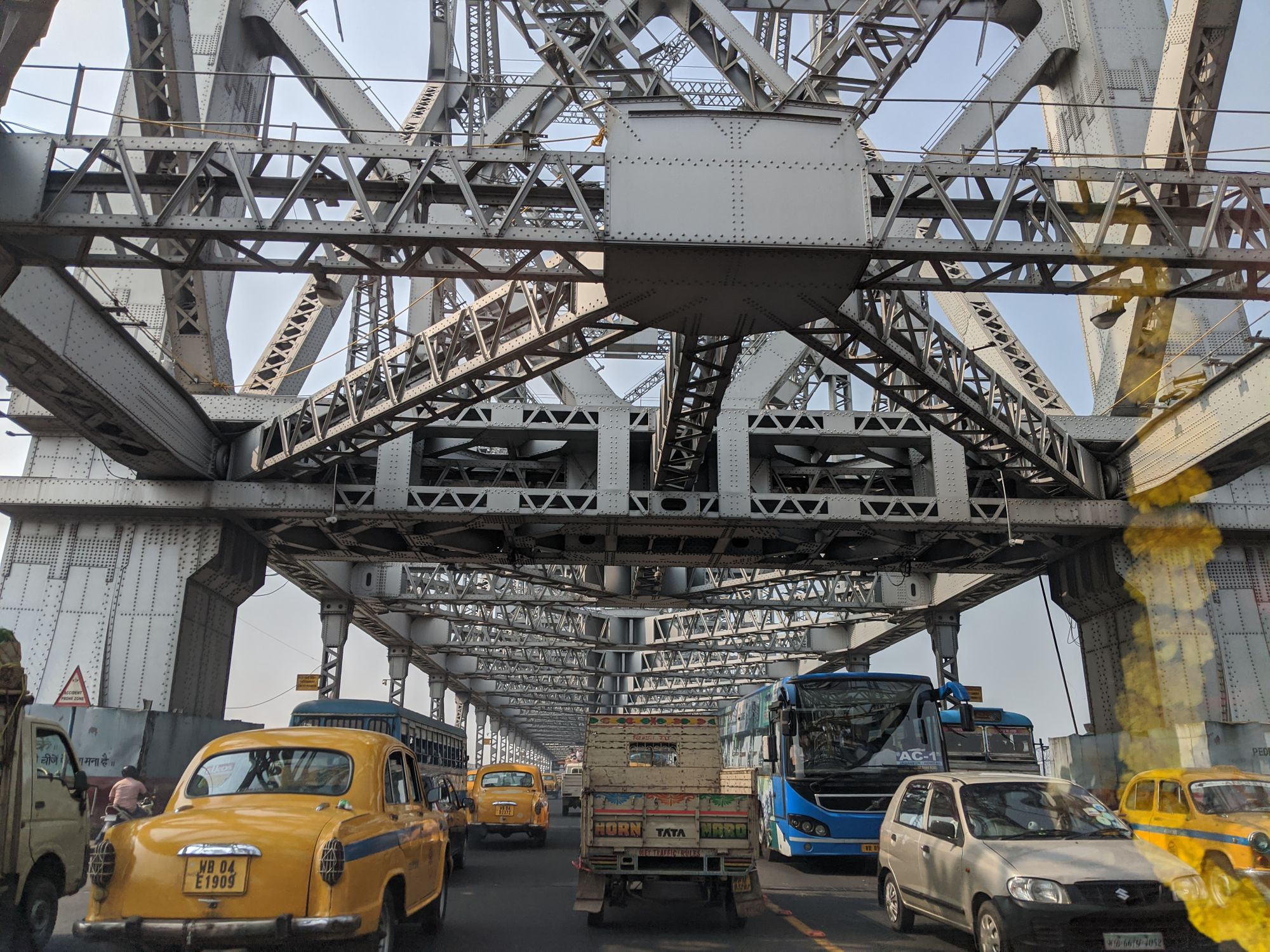


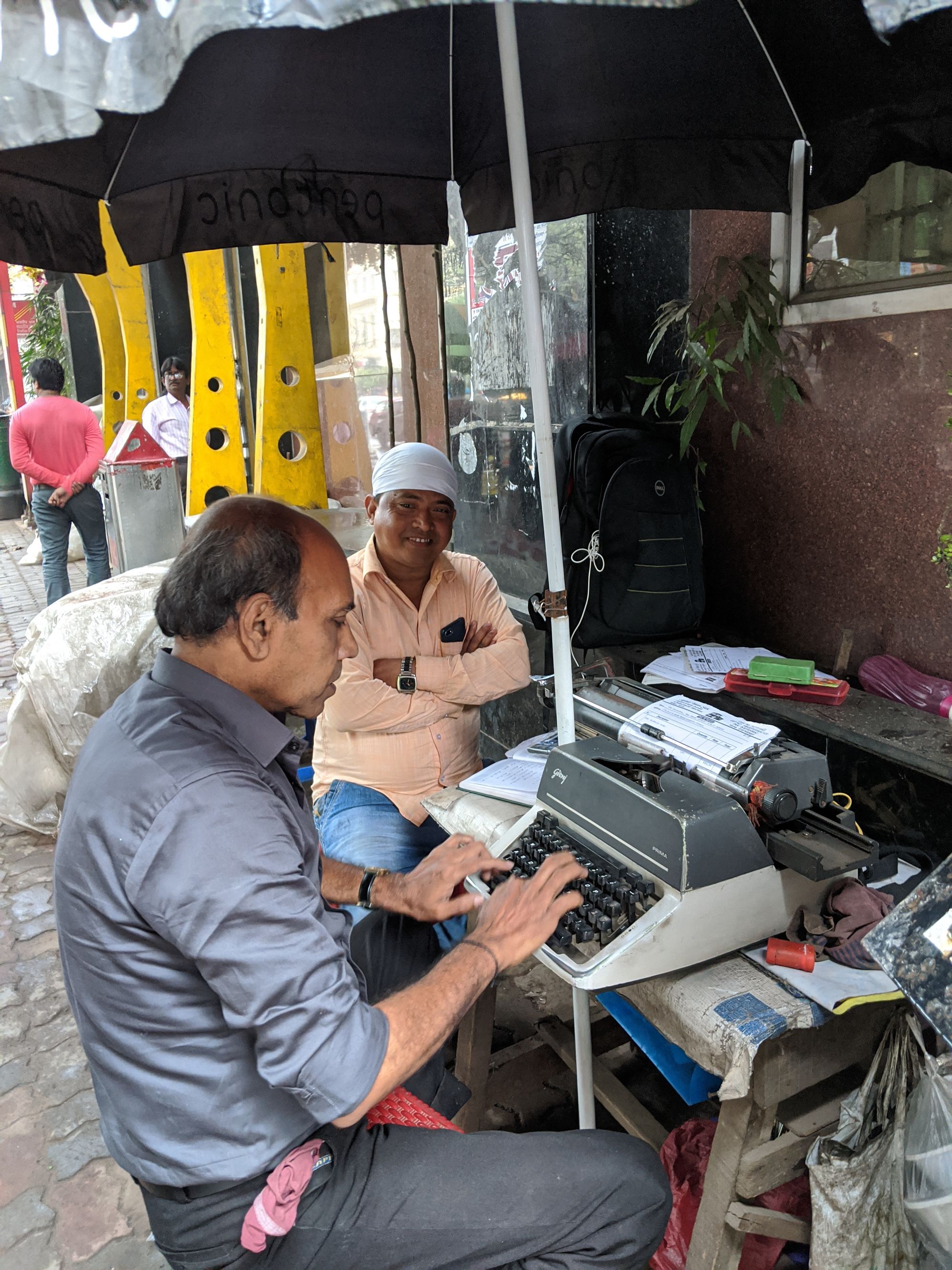
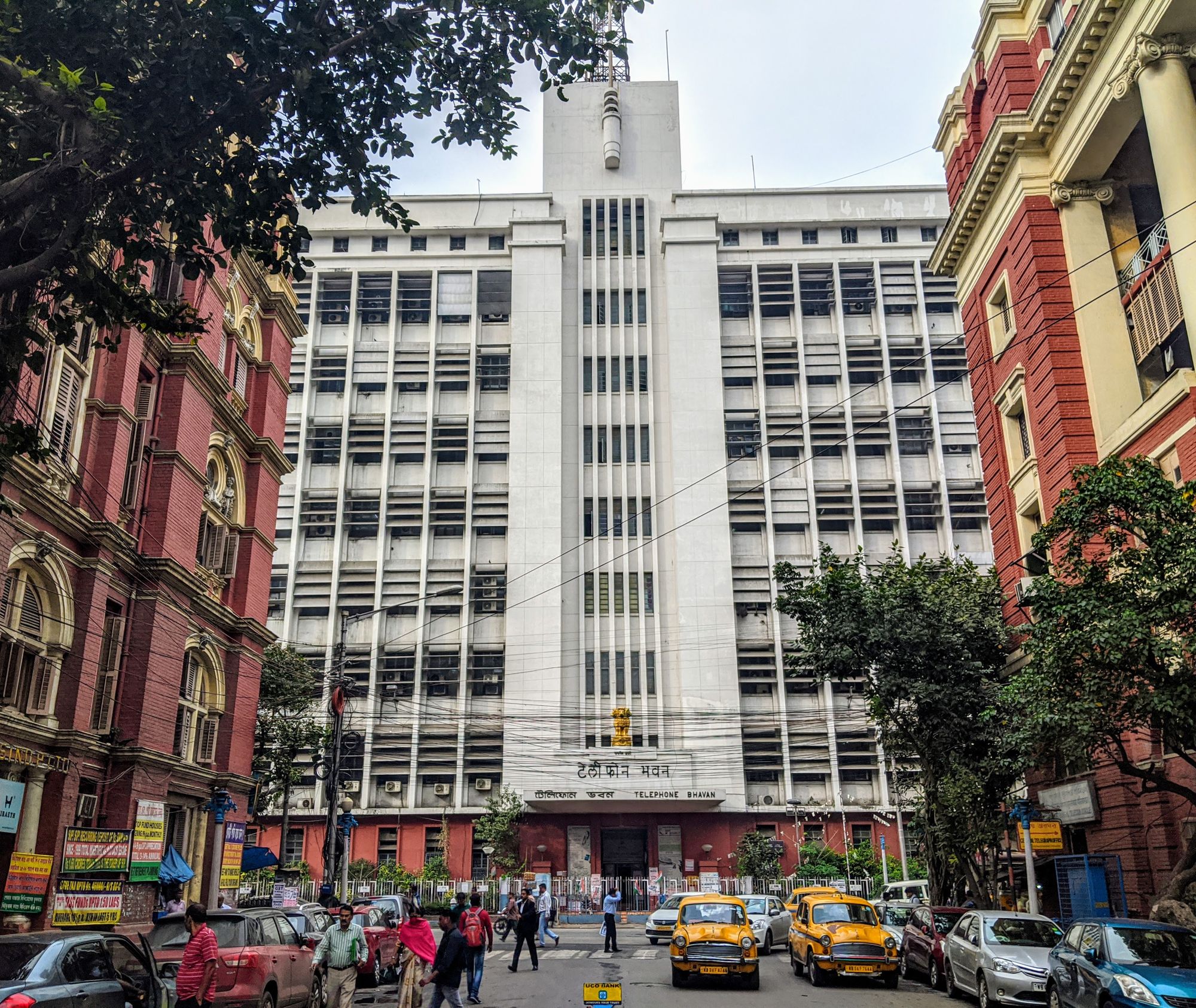


Visited a bunch of cathedrals and a Jewish synagogue (church) as well. The Jewish population has dwindled: only 25 are left in Kolkata.
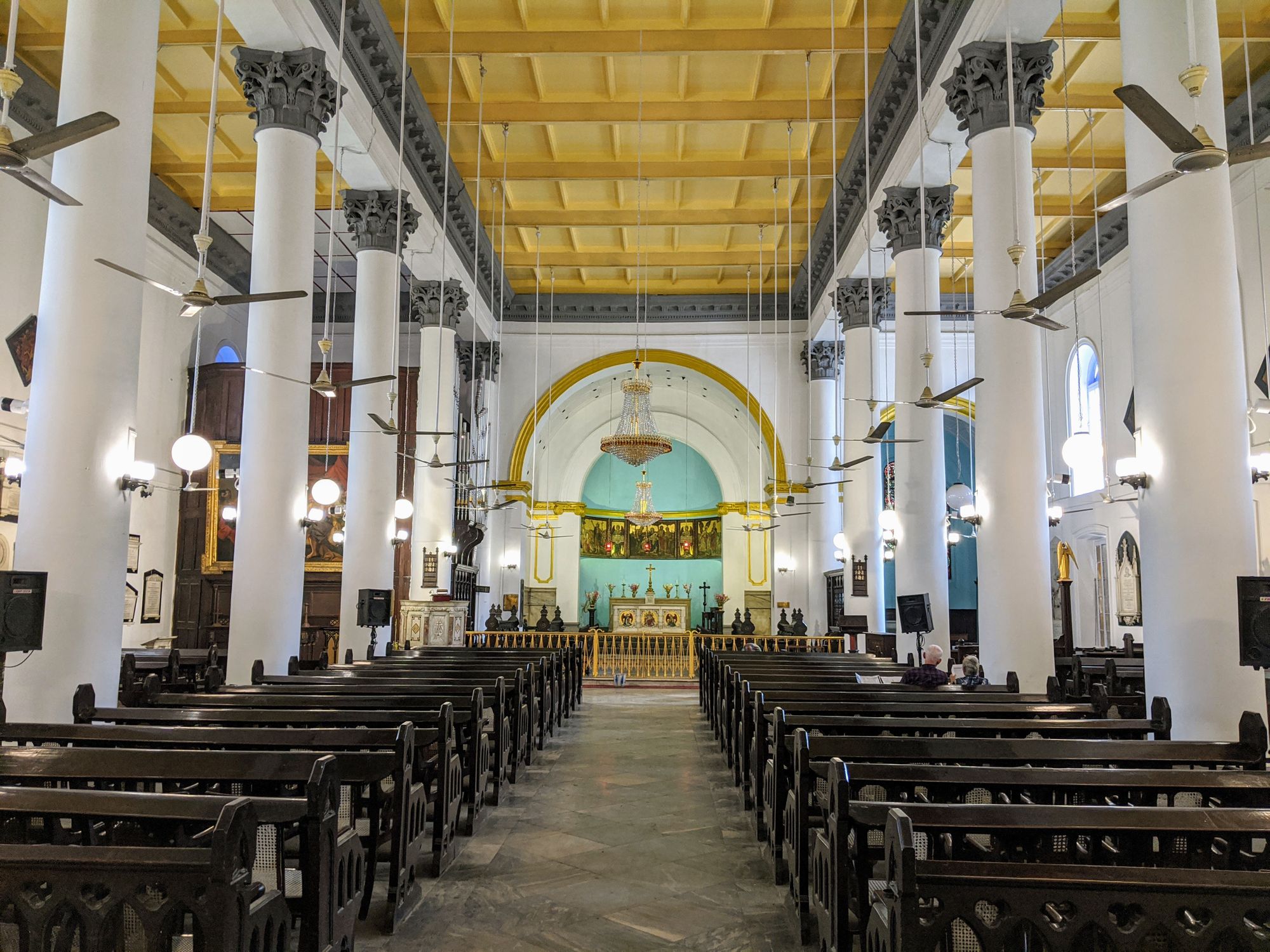
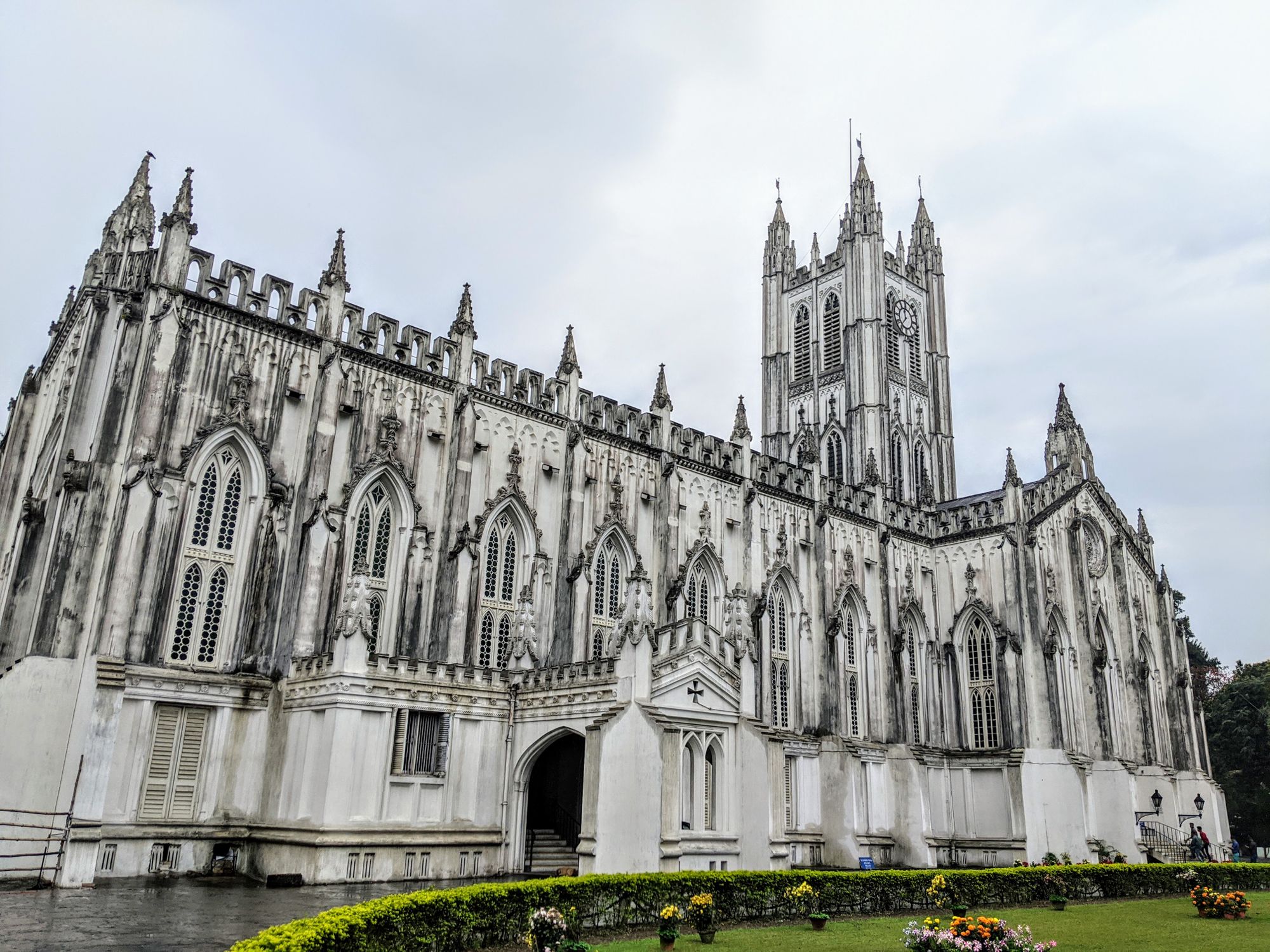

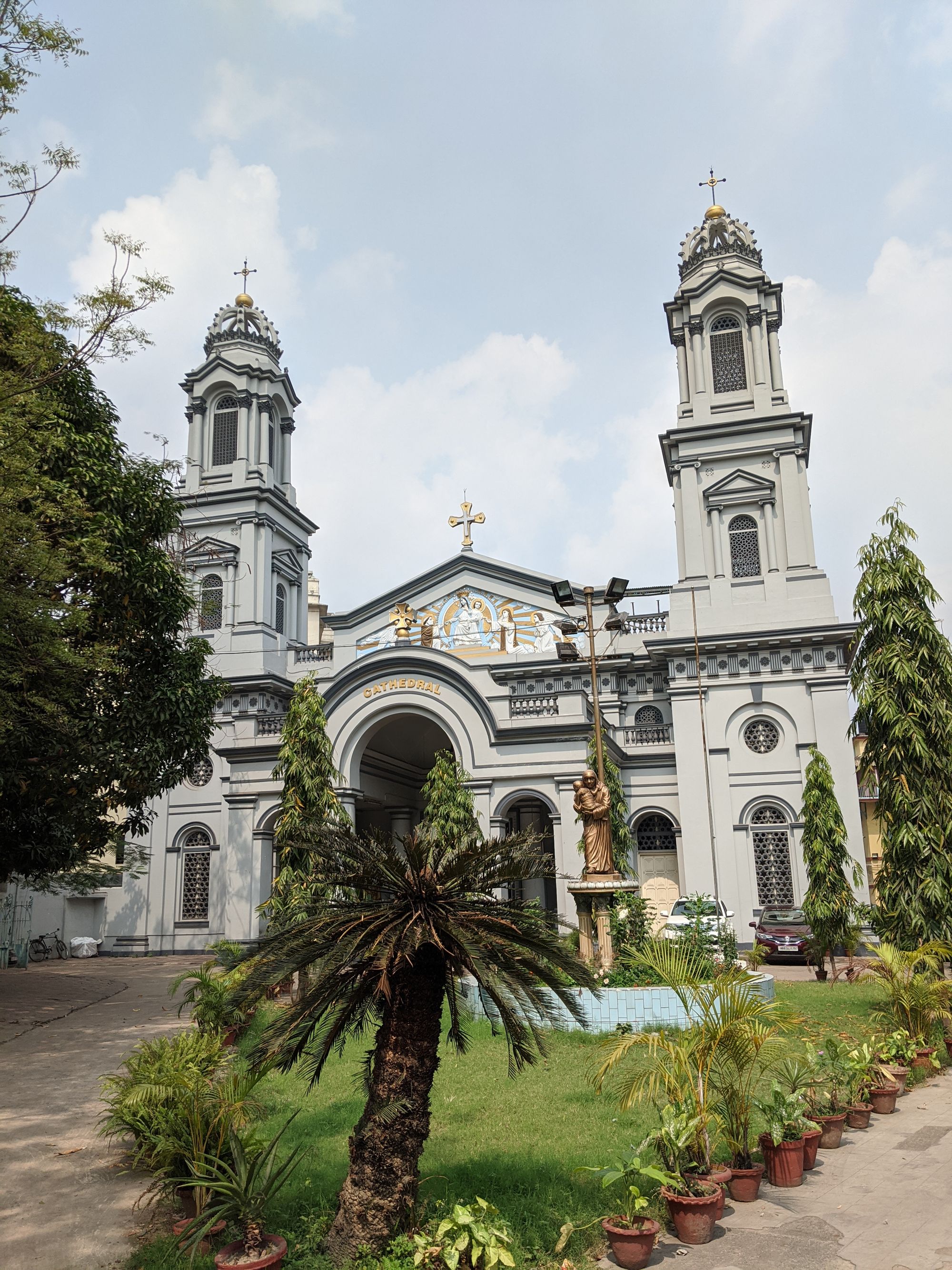
Kolkata was a city built by the British and was the capital of India (the seat of the British Raj) till the 1920s. Then the British govt decided to split the state of Bengal into two: West and East (Bangladesh). This started a series of riots, which made them switch the capital to Delhi. British lived an extravagant lifestyle: 4 people in a house served by 110 servants. British and Indian masters lived in the "White city" full of palaces and their servants lived in the slum-filled "Black city". I was shocked to find the central Kolkata where I walked all day was in fact the White city. 😅

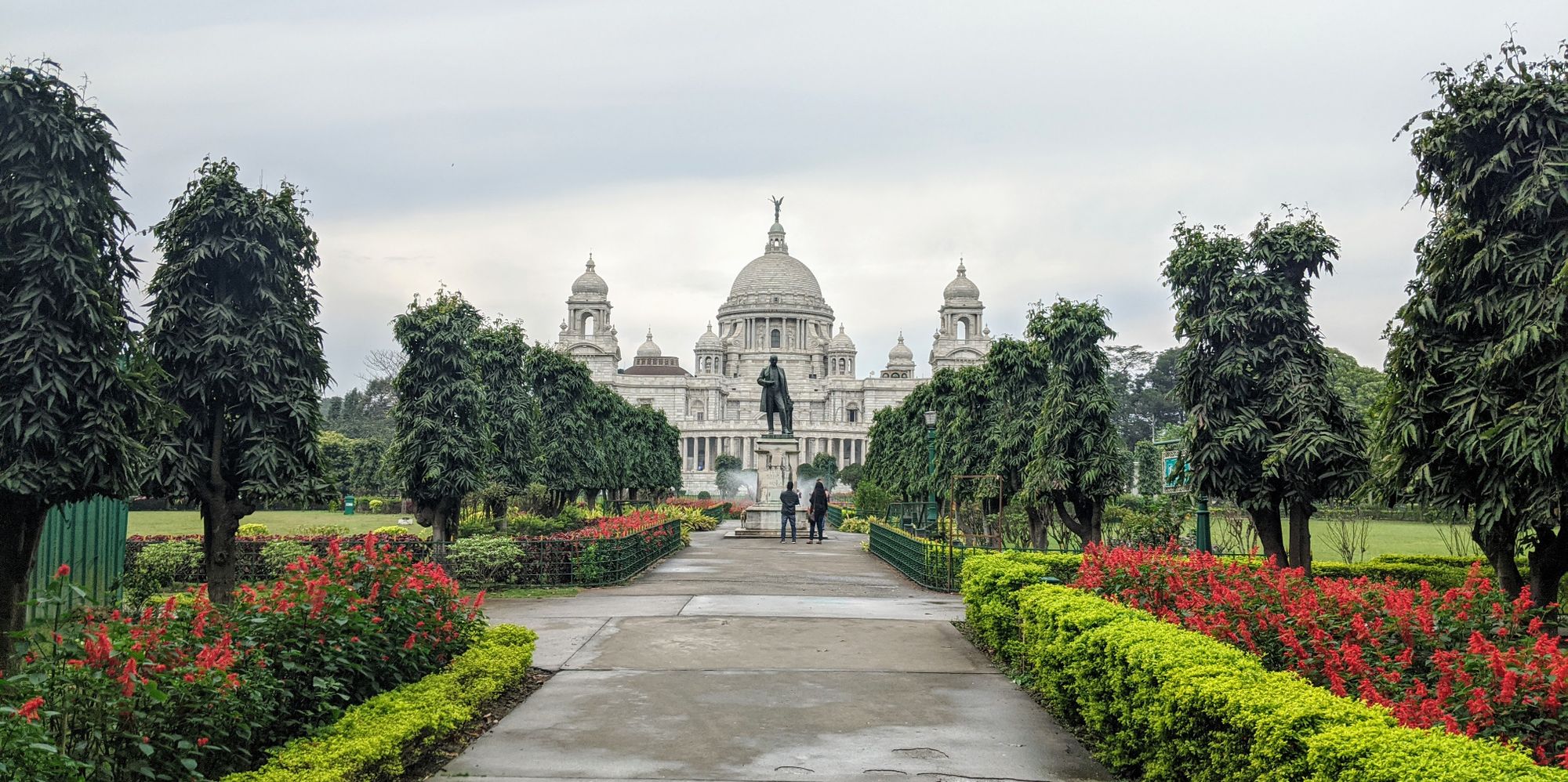
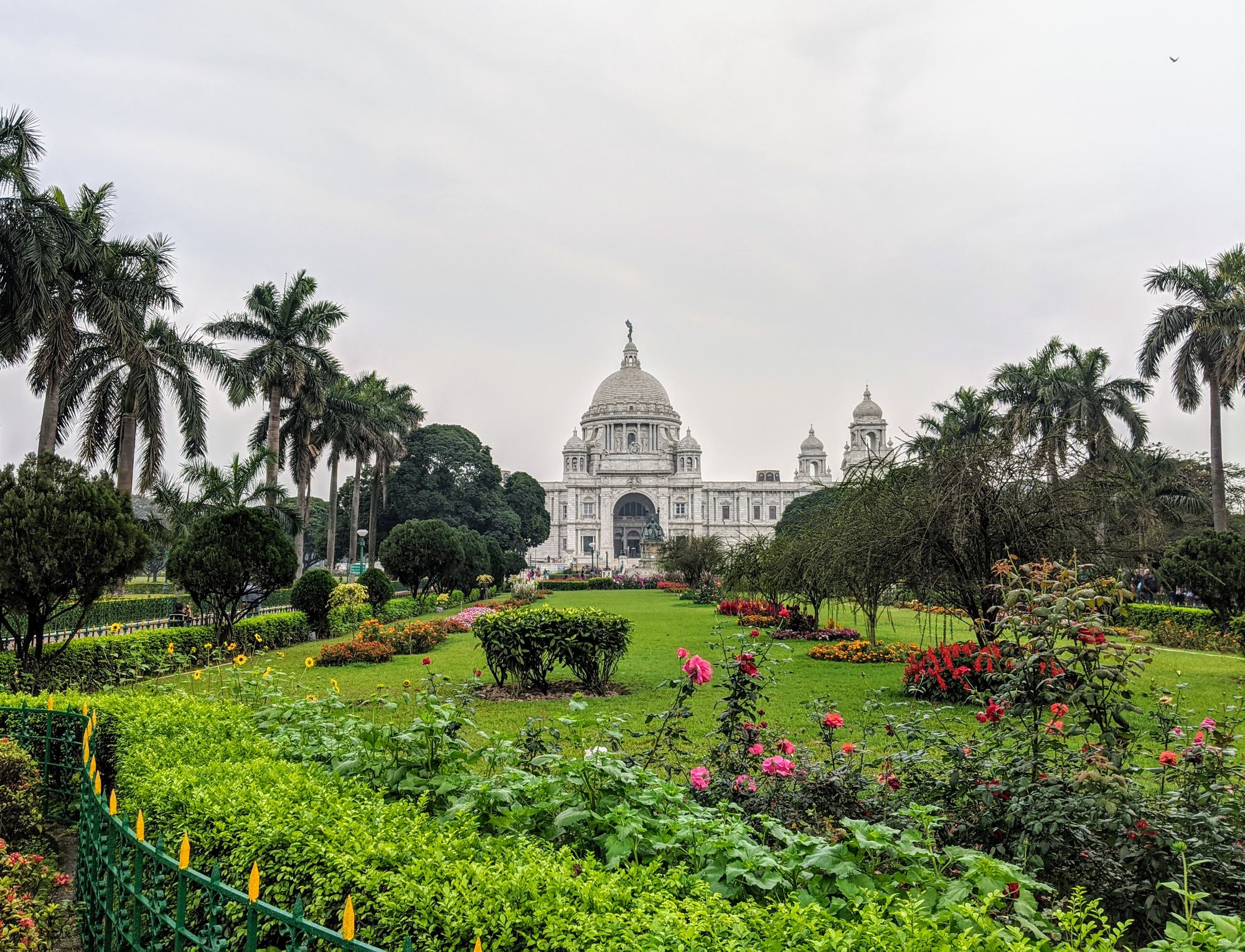
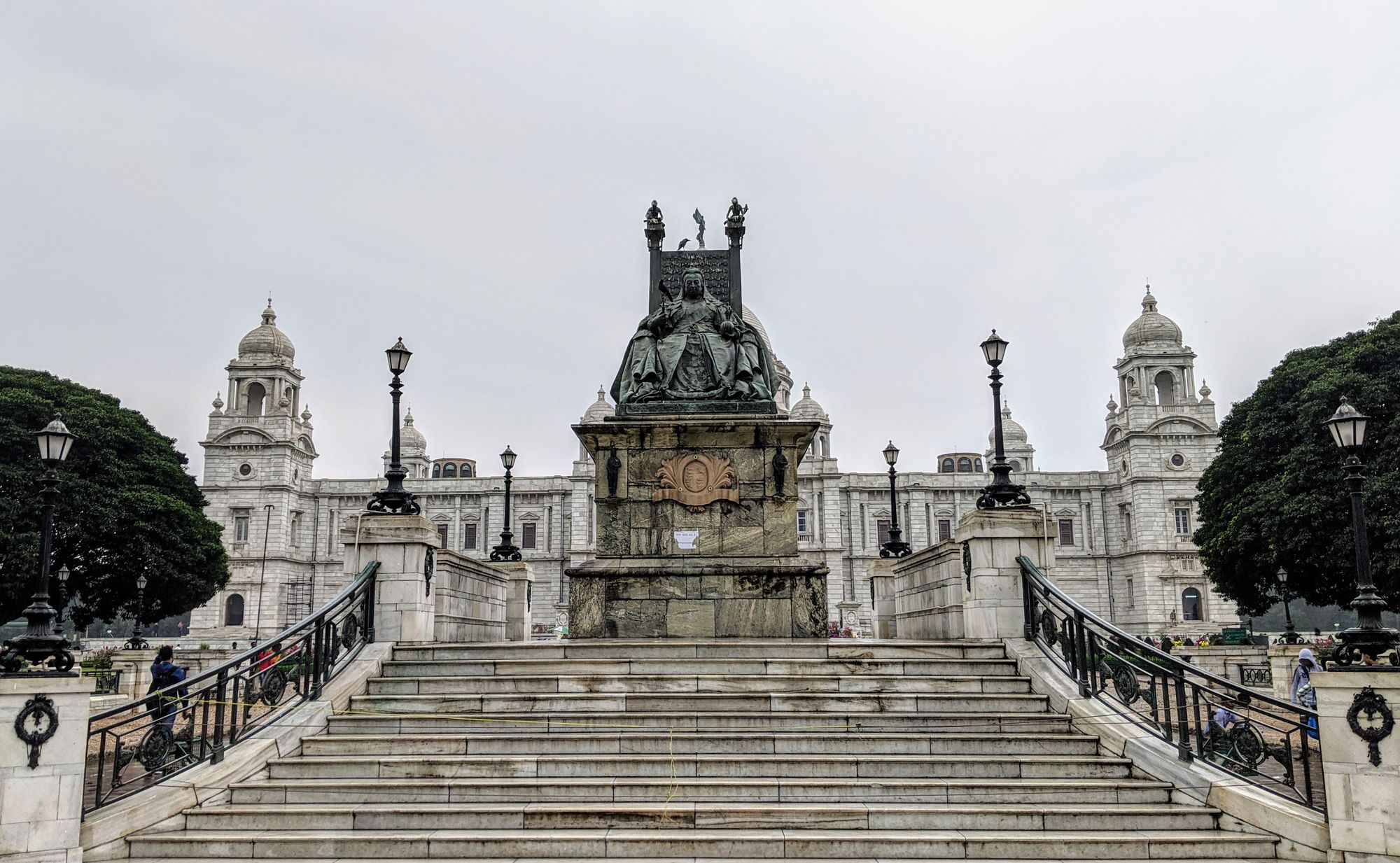

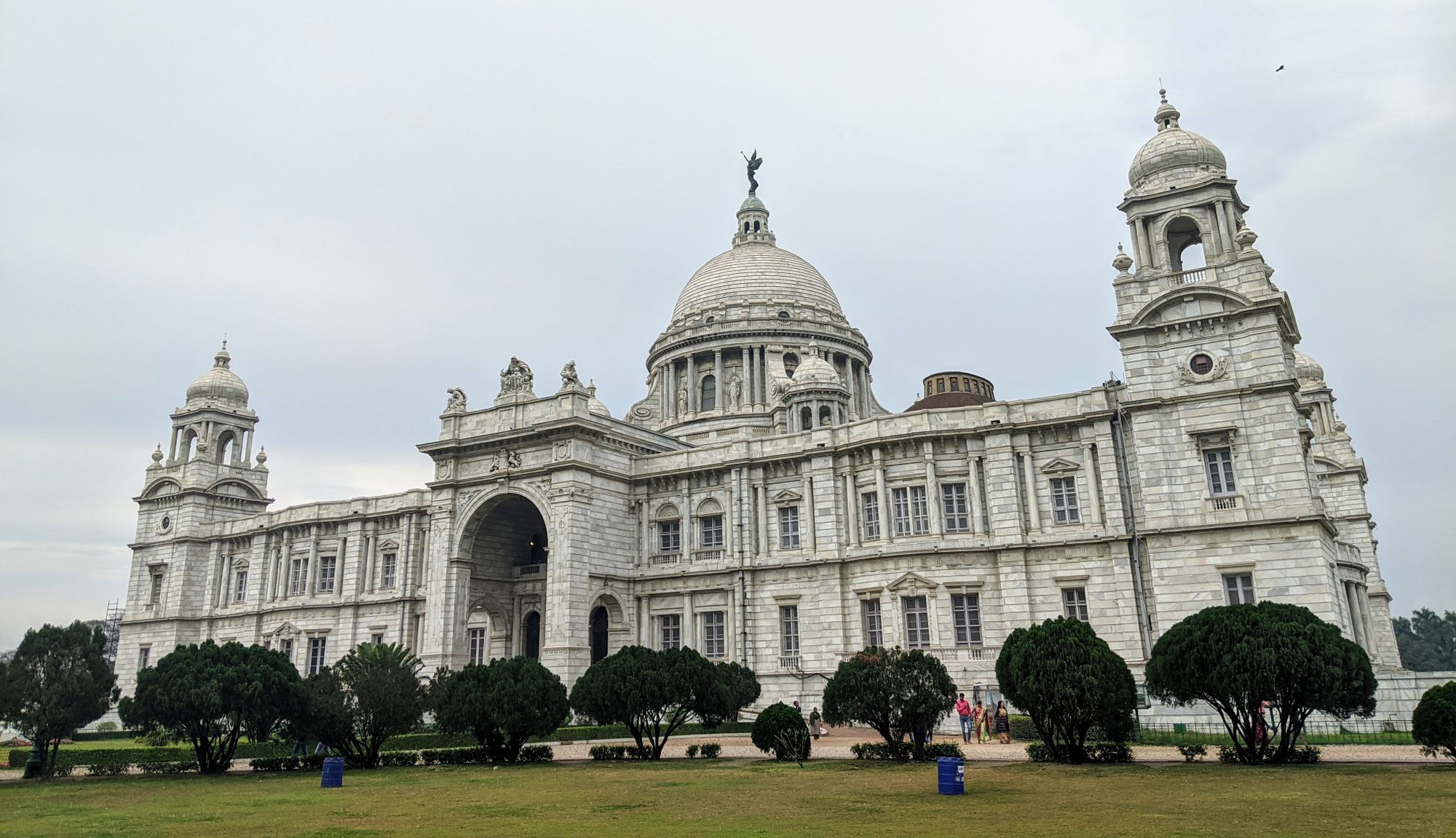
It's a city you both love and hate. Lonely Planet calls it "a daily festival of human existence". Sights aren't the highlights, the walk between them is. A day later, I already miss the alleyways of Kolkata.
First posted on Facebook:



